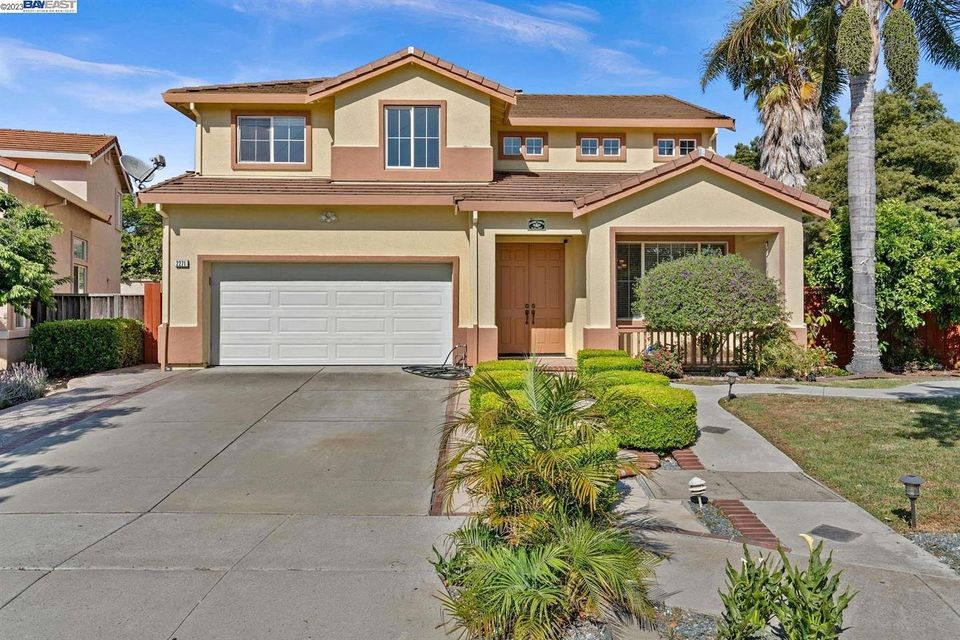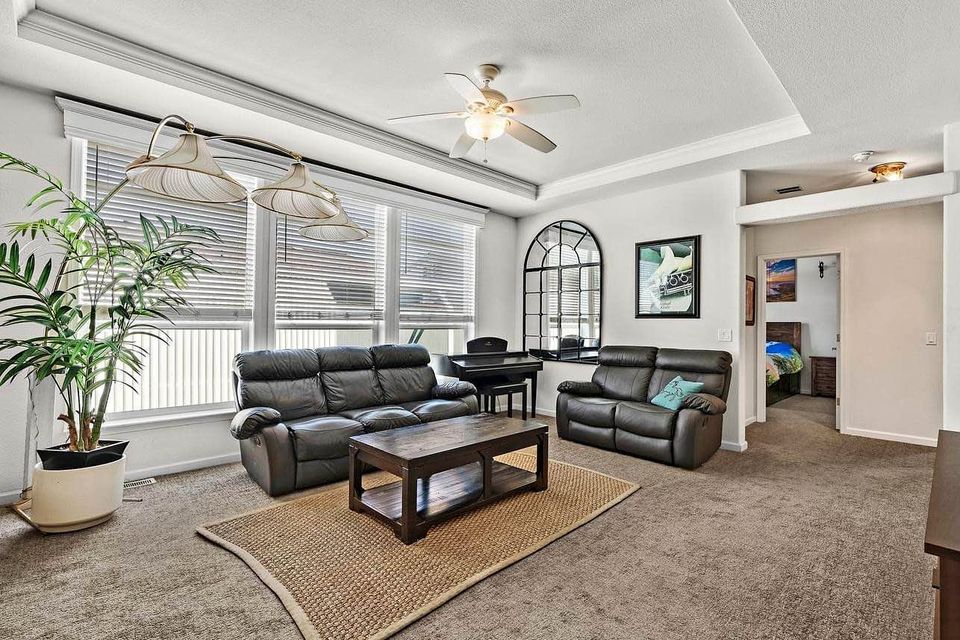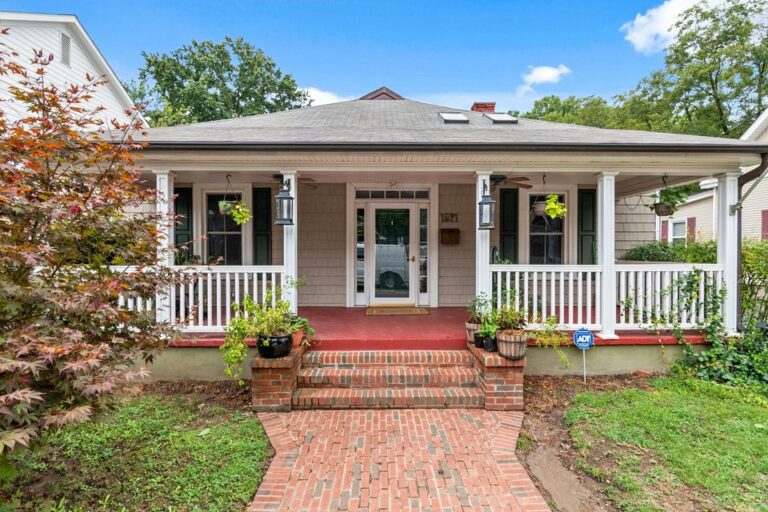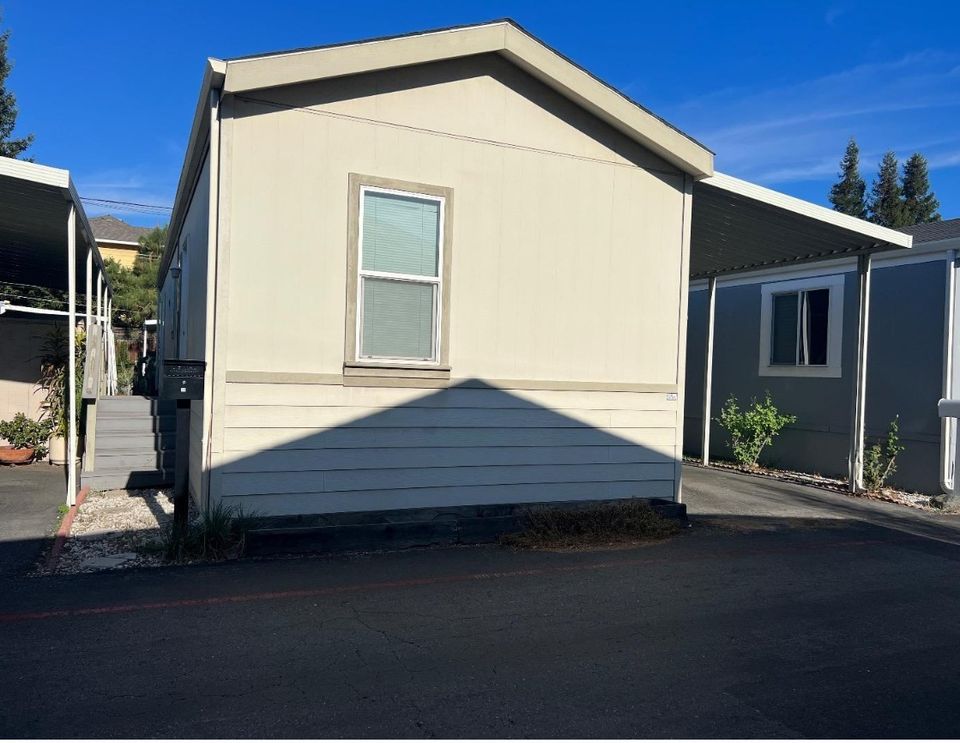There are essential factors to consider. From affordability and mobility to customization options and building regulations, the decision-making process can be complex. Understanding the historical context of both housing types provides valuable insights into their evolution and impact on modern living. Exploring these aspects will help you make an informed choice that aligns with your lifestyle and preferences. In this article Living Spaces For Mobile Homes vs. Stick Built Homes we will discuss all the pros and cons to both homes.

Key Differences in Home Construction and Living Spaces
Building Process
Mobile homes are constructed in a factory, while stick-built homes are built on-site. This means that home building for mobile homes involves a controlled environment with assembly line techniques. On the other hand, stick-built home builders work directly at the location where the home will stand, allowing for more customization and adaptability during construction.
The process of constructing mobile homes often uses lighter-weight materials due to transportation considerations. Conversely, stick-built homes typically utilize heavier and sturdier building materials such as lumber and concrete to ensure better structural integrity.
Cost and Affordability
One of the most significant differences between these two types of housing is their affordability. Mobile homes tend to be more affordable than stick-built houses due to their streamlined construction process in a factory setting. The efficiency of this method can result in lower costs for both materials and labor, making mobile homes an attractive option for those looking to own property without breaking the bank.
Understanding the Manufactured Home Market
Advancements in Design and Quality
The manufactured housing market has significantly evolved, with notable advancements in design and quality. Today’s mobile homes are not the same as their predecessors. They now offer improved structural integrity, energy efficiency, and aesthetic appeal. For example, modern manufactured homes can feature spacious open floor plans, high ceilings, and stylish finishes.
Manufactured homes are regulated by the Department of Housing and Urban Development (HUD) standards to ensure safety and quality. These regulations cover various aspects such as construction materials, structural requirements, fire safety standards, energy efficiency guidelines, and more. As a result of these stringent regulations, buyers can have confidence in the durability and safety of mobile homes.
Viable Housing Option
For individuals or families seeking affordability and flexibility in their housing options, manufactured homes can be an excellent choice. The cost-effectiveness of industry-built housing allows homeowners to enjoy comfortable living spaces at a fraction of the cost compared to traditional stick-built homes. Additionally, manufactured homes provide flexibility in terms of location since they can be easily transported from one place to another if needed.

Evaluating Stick-Built Home Construction
Customization and Flexibility
Stick-built homes offer a wide range of customization options, allowing homeowners to tailor their living spaces to their exact preferences. From floor plans to architectural details, traditional stick-built construction provides greater flexibility in design compared to mobile homes. For example, homeowners can easily incorporate unique features such as custom cabinetry or intricate trim work that may not be feasible in a mobile home setting.
On the other hand, mobile homes, while offering some level of customization, are often limited by standard layouts and structural constraints due to transportation considerations. This means that individuals seeking highly personalized living spaces may find stick-built homes more suitable for meeting their specific needs.
Durability and Longevity
Built according to stringent local building codes and regulations, these homes are constructed with sturdy materials that contribute to their long-lasting nature. As a result, they tend to withstand the test of time better than many mobile home structures.
In contrast, while modern mobile homes adhere to building standards set forth by HUD (the U.S. Department of Housing and Urban Development), they may not always match the robustness associated with traditional stick-built homes due to differences in construction methods and materials used.
Cost Efficiency of Mobile Homes vs Stick-Built Homes
Upfront Cost Comparison
When comparing living spaces for mobile homes and stick-built homes, it’s important to consider the upfront cost. Typically, mobile homes have a significantly lower initial price tag compared to stick-built homes. This is due to various factors such as construction materials and labor costs. For individuals or families looking for an affordable housing option, a mobile home might be more financially accessible at the outset.
In terms of stick-built homes, the higher upfront cost can be attributed to several factors including labor costs, building materials, and land expenses. While these types of homes may offer long-term benefits in terms of durability and customization options, they require a larger initial investment.
Maintenance and Utility Costs
Another aspect to consider when evaluating cost efficiency is maintenance and utility expenses. Generally, mobile homes tend to have more budget-friendly maintenance requirements compared to stick-built houses. Utility costs for mobile residences are often lower due to their smaller size and energy-efficient designs.
On the other hand, stick-built homes may entail higher maintenance costs over time due to their larger size and complex structural components. Moreover, heating or cooling a larger space typically leads to higher utility bills.
Resale Value and Appreciation Potential
Resale value is another key consideration when assessing cost efficiency between these two living spaces. While both types of properties can appreciate in value over time depending on market conditions, it’s essential to note that resale values for mobile homes might not increase at the same rate as those for stick-built houses.

Design Flexibility and Customization Options
Extensive Customization
Stick-built homes offer extensive customization options, allowing homeowners to incorporate unique architectural features such as custom windows, intricate trim work, and specialized materials. This level of design flexibility enables individuals to personalize their homes according to their specific preferences and needs. For instance, they can choose the exact size and layout of each room, add extra storage spaces or create a one-of-a-kind exterior appearance.
On the other hand, mobile homes may have limitations in design flexibility, especially. However, they still offer various floor plans with different layouts that homeowners can choose from. While there might be fewer customizable options compared to stick-built homes, mobile home residents can still make interior design choices such as flooring materials and color schemes.
Interior and Exterior Choices
The differences between living spaces for mobile homes vs stick-built homes are also evident in the available interior and exterior design choices. Stick-built homeowners have the advantage of selecting high-quality materials for construction that meet local building codes. They also have more freedom in choosing energy-efficient windows or durable roofing materials based on weather conditions.
In contrast, mobile home residents may face limitations regarding material choices due to factory production requirements but can still select from a range of interior finishes like cabinetry styles or flooring options.
Land Considerations for Home Types
Zoning Regulations
Zoning regulations and land requirements vary for mobile homes and stick-built homes. Stick-built homes are typically placed on privately owned land, while mobile homes may be located in communities or on leased lots. These differences are important to consider when deciding between the two home types.
Local codes play a significant role in determining where you can place your home. For example, some areas may have specific zoning laws that restrict the placement of mobile homes in certain zones but allow stick-built homes without any restrictions.
Location Preferences
The availability of land and location preferences also influence the choice between mobile and stick-built homes. For instance, if you prefer living in a community with shared amenities such as swimming pools or playgrounds, a mobile home within a community might be more suitable for your lifestyle. On the other hand, if you desire privacy and autonomy over your property, investing in a stick-built home on its own piece of land could align better with your preferences.

Financing and Value Evaluation for Home Buyers
Financing Options
These financing options for mobile homes differ from those for stick-built homes. Traditional mortgages are commonly used to purchase stick-built homes, while mobile homes may require chattel loans or specialized financing due to being classified as personal property.
For example, some lenders offer chattel loans specifically designed for mobile homes because they do not qualify for traditional mortgage programs. These loans have different terms and requirements compared to standard home mortgages. This makes it essential for buyers to understand their options before purchasing a mobile home.
Appraisal Methods and Resale Value
The resale value of a home is crucial when considering a purchase. Mobile and stick-built properties undergo different appraisal methods that can impact their resale value assessments. Stick-built homes typically follow the sales comparison approach, comparing similar properties in the area. On the other hand, mobile home appraisals often consider depreciation rates. This is due to their shorter lifespan compared to traditional houses.
For instance, potential buyers should be aware that while both types of homes can appreciate in value over time with proper maintenance and improvements, the appreciation rate may vary based on the type of property.
Sustainability and Technological Advances in Housing
Sustainable Building Practices
Both mobile and stick-built home construction have made significant strides in adopting sustainable building practices. For example, the use of energy-efficient materials and technologies has become increasingly common in both types of housing. This includes the incorporation of eco-friendly insulation, high-efficiency windows, and low-flow plumbing fixtures to reduce energy consumption.
In addition to this, advancements in construction techniques have enabled both mobile and stick-built homes to be built with a focus on minimizing environmental impact. For instance, modular construction methods allow for reduced waste generation during the building process. These sustainable practices contribute to making housing more environmentally friendly while also lowering long-term operating costs for homeowners.
Influence of Technological Innovations
The evolution of housing is being greatly influenced by technological innovations such as smart home systems. Both mobile homes and stick-built houses are now integrating these advancements to enhance the indoor environment for occupants. Smart thermostats, automated lighting controls, and energy management systems are being incorporated into both types of homes to improve comfort levels while maximizing energy efficiency.
Moreover, these technological advances play a crucial role in ensuring that living spaces are equipped to withstand adverse weather conditions. For instance, smart sensors can detect changes in temperature or humidity levels within a home, allowing for proactive measures against potential damage due to bad weather.
Closing Thoughts
So, it ultimately boils down to your specific needs and priorities. Both options offer distinct advantages and drawbacks, from cost efficiency and design flexibility to long-term sustainability. Understanding the key differences in construction, the unique aspects of the manufactured home market, and the financial and environmental implications of each choice is crucial for making an informed decision.
As you weigh your options, consider not just the immediate benefits but also the long-term impact on your lifestyle and finances. Whether you opt for the affordability of a mobile home or the traditional appeal of a stick-built home, remember that your living space should align with your values and goals. Take into account factors like location, future resale value, and potential maintenance costs. Your home is more than just a structure – it’s where your life unfolds.
Frequently Asked Questions On Both Living Spaces
What are the main differences in construction between mobile homes and stick-built homes?
Mobile homes are built in a factory and then transported to the site, while stick-built homes are constructed on-site piece by piece. Stick-built homes typically offer more customization options, whereas mobile homes have standardized layouts.
How does financing differ for mobile homes compared to stick-built homes?
Financing for mobile homes can be more challenging due to depreciation concerns, while stick-built home financing is generally easier to obtain. Mobile home loans often come with higher interest rates and shorter terms.
Are there any sustainability advantages of one type of home over the other?
Stick-built homes usually offer better sustainability because they can incorporate eco-friendly materials and energy-efficient features more easily than mobile homes. However, advancements in modular construction are making mobile homes more sustainable.
Which type of home offers greater design flexibility and customization options?
Stick-built houses provide greater design flexibility as they can be customized extensively based on individual preferences. On the other hand, while some level of customization is possible with mobile homes, it’s not as extensive as with stick-built ones.
What should potential buyers consider regarding land when choosing between these two types of housing?
For a stick-built home, buyers need to secure suitable land that complies with local building codes. In contrast, those considering a mobile home must ensure access to a manufactured housing community or verify zoning regulations for placing the unit on private land.
You might also be interested in our articles:
Ceiling Fan Direction in Winter: Optimize Comfort & Energy
How to Take Your Mobile Home Off Grid
Should I Buy a House Now? Evaluating Market Dynamics & Strategies

